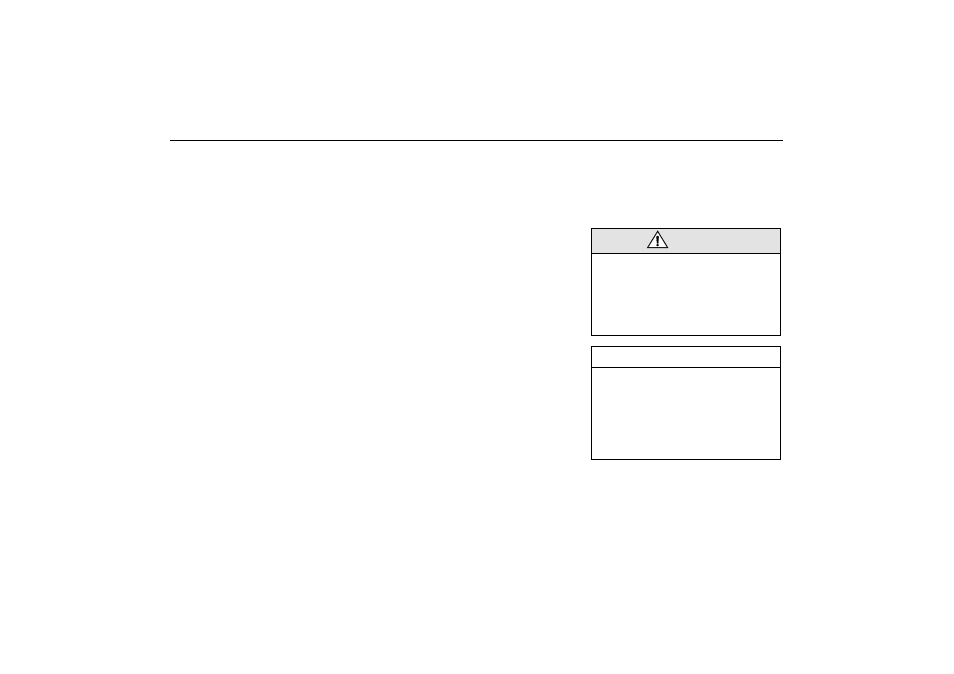Saab 2001 9-3 User Manual
Page 178

178
Starting and driving
• Check the anti-freeze in the engine cool-
ant, see page 198.
The car´s trip computer will warn you when
there is a risk of slippery conditions. For fur-
ther information on this function, see page
69.
The car is equipped with tires designed to
provide optimum grip on both wet and dry
roads, although this has been achieved at
the expense of somewhat reduced grip on
snow and ice. For regular driving on snow
and ice, we therefore recommend that
winter (snow) tires be fitted.
Winter (snow) tires, particularly studded
tires (where use is legally permitted), gener-
ally make driving safer on snow and ice.
Acquaint yourself with the legal provi-
sions governing the use of different
types of winter tires and snow chains.
Studded tires are not allowed in some
countries.
If winter tires are installed, the same type
must be installed on all wheels. Your Saab
dealer will be pleased to advise you on the
best tires for your car.
Remember that tires age. It may therefore
be necessary to change them before they
reach the legal wear limit, as they gradually
lose their friction properties. Date code, see
page 220.
The best response if the car gets into a
front-wheel skid is to freewheel (manual
gearbox only), i.e. disengage the clutch (so
that the wheels are neither driven nor
braked by the engine) and carefully steer
the wheels in the direction you want to go.
If the car has an automatic transmission you
should lift off the accelerator somewhat and
carefully steer the wheels in the direction
you want to go.
In a rear-wheel skid, steer into the skid, i.e.
in the same direction as that in which the
back is sliding.
Tire chains
If you want to fit tire chains (where legally
permitted) they should only be installed to
the tires recommended under ”Technical
data” (see page 252).
Consult your Saab dealer for details about
approved tire chains.
WARNING
• Do not exceed 30 mph (50 km/h)
when tire chains are fitted.
• Tire chains can reduce the directional
stability of the car.
• Tire chains must not be used on the
rear wheels.
NOTE
• Check the links frequently for wear.
• Check that the chains do not contact
the wheel-arch liner at full lock.
• See section "Technical data", page
252, for information on allowable
wheel dimensions for the fitting of tire
chains.